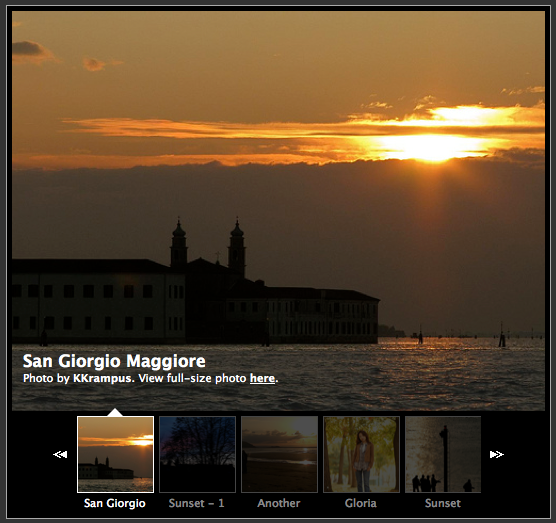Unit testing *sigh*. Oh how they vex me. If they weren’t so important (and required) I’d just skip the lot, but they are and so we – champions of software development – must press on in the face of dreary complexity; we will not back down, we will not surrender, we will look that CRT/LCD screen in the pixels and say, “Untested units, you will not defeat me!”.
Diving into the thick of things, the most common question seems to be, “Why can’t I get code coverage for my entire class?!”. The trick here is to think like a runtime engine, and consider how you might journey through all possible testing paths. Now I never said it’s easy, but with a bit of practice (and 8 truck loads of patience) you’ll get there. Let’s look at some common cases.

